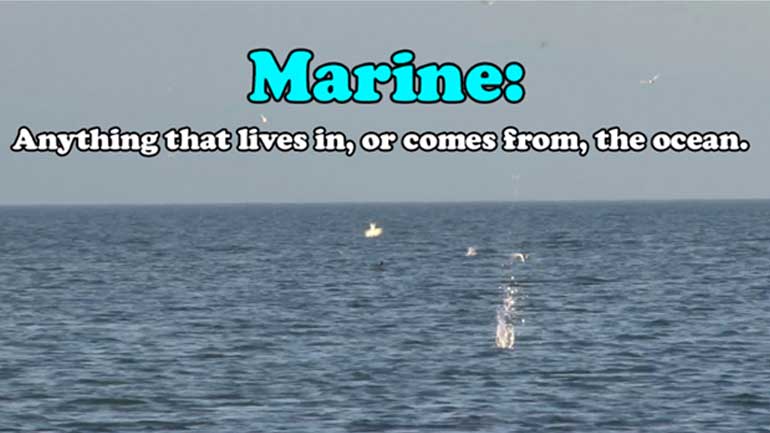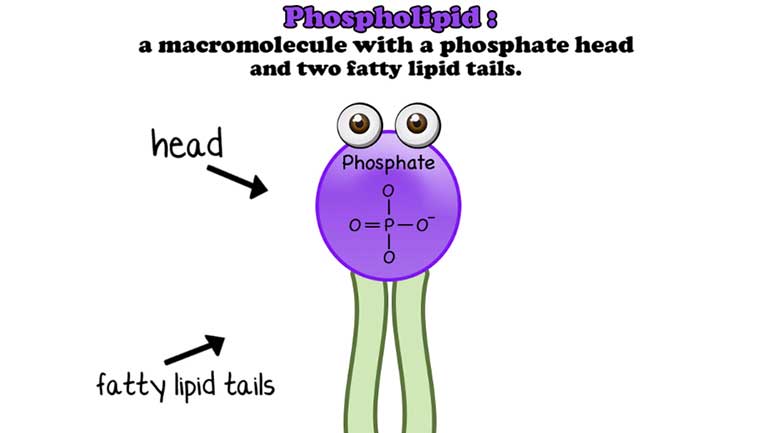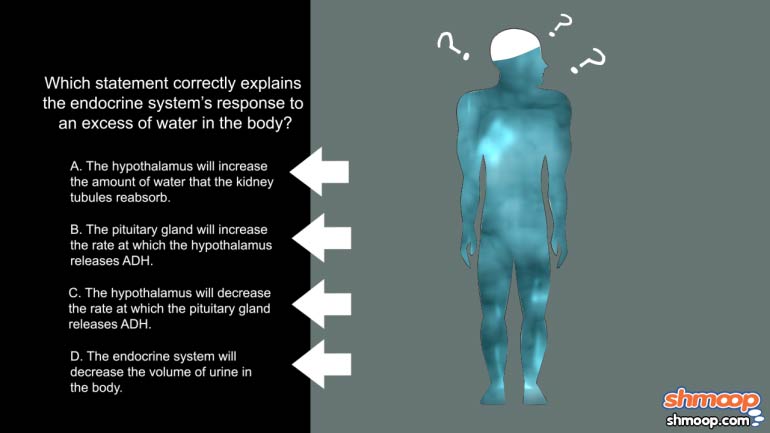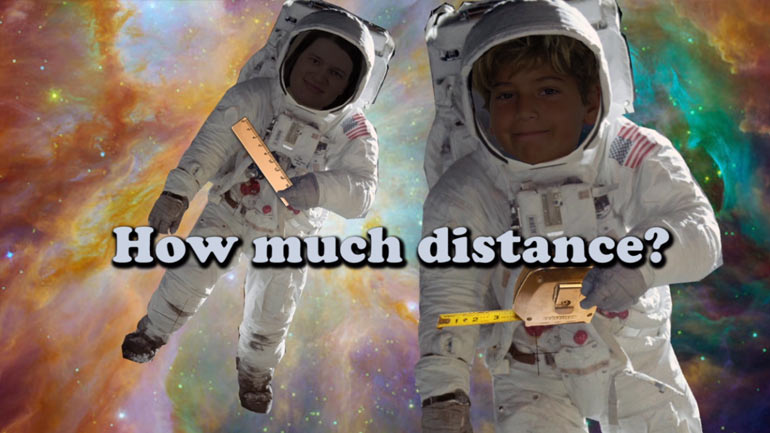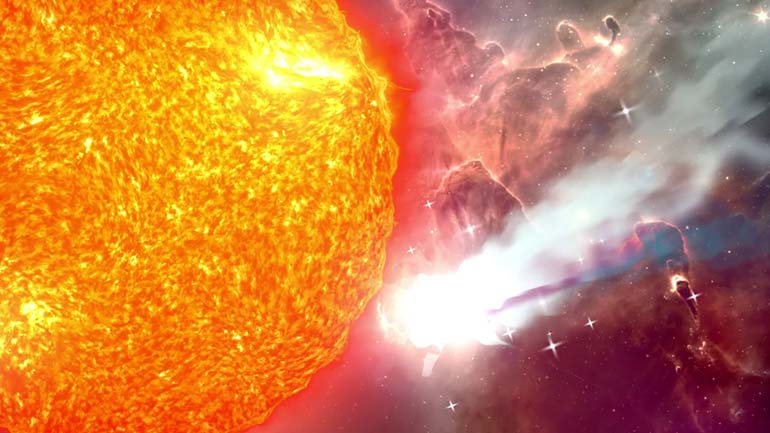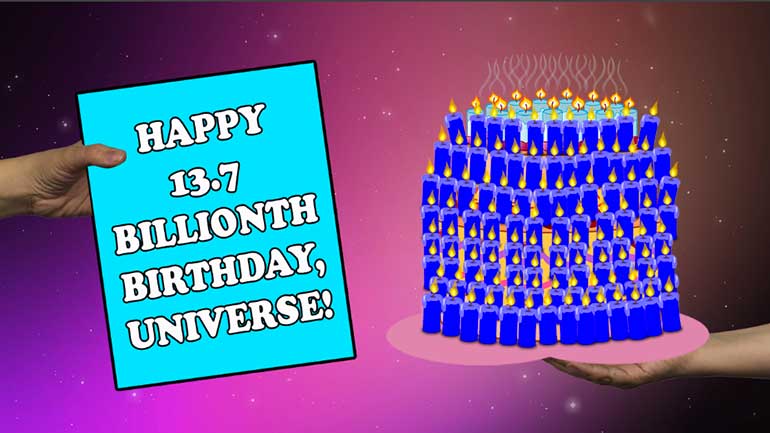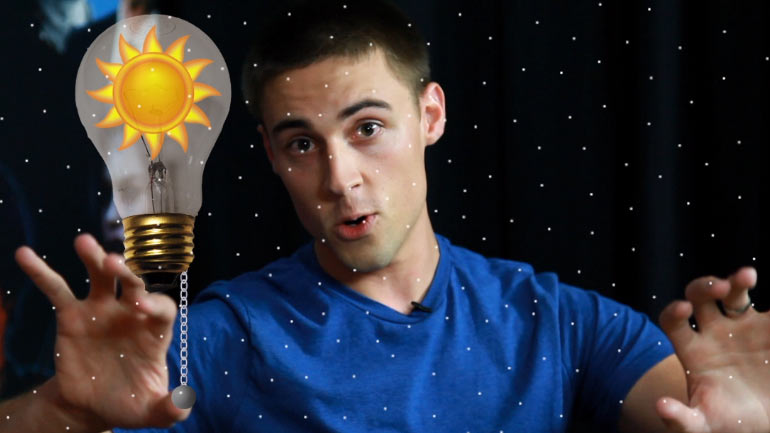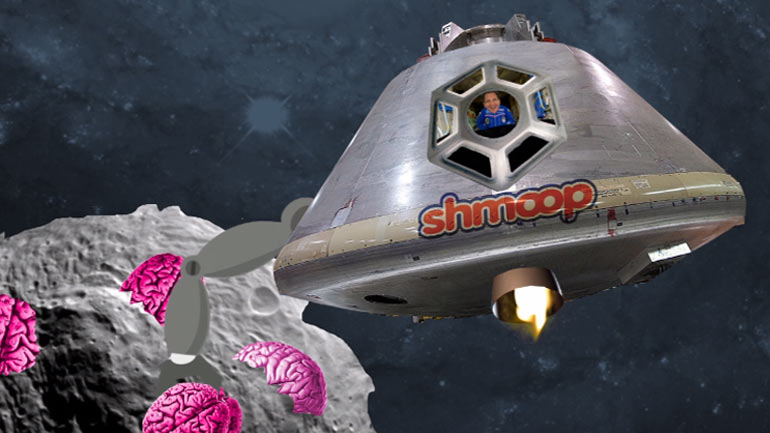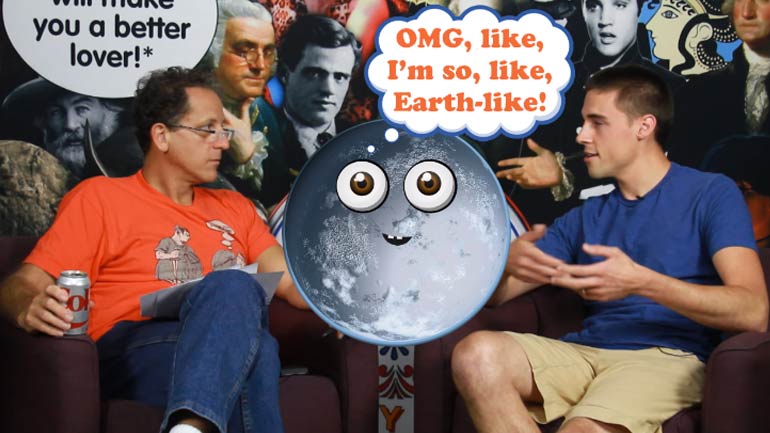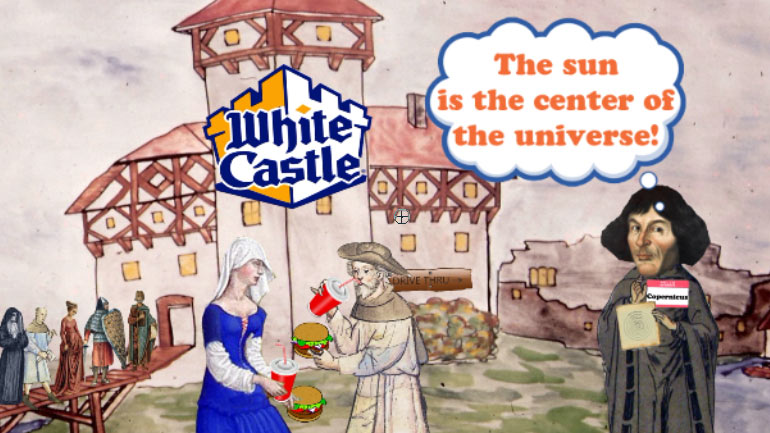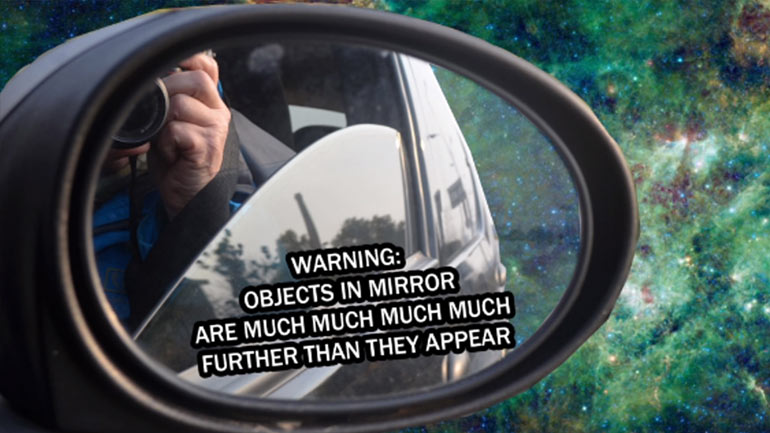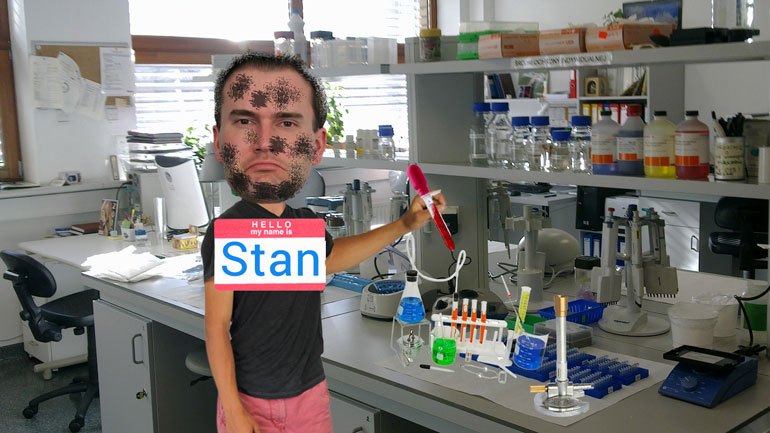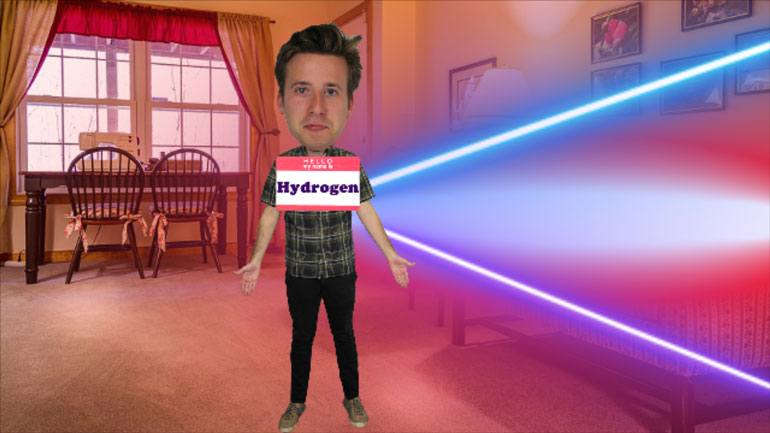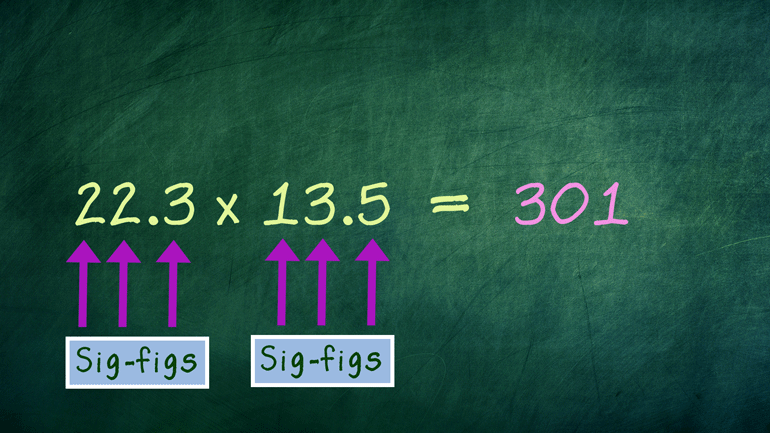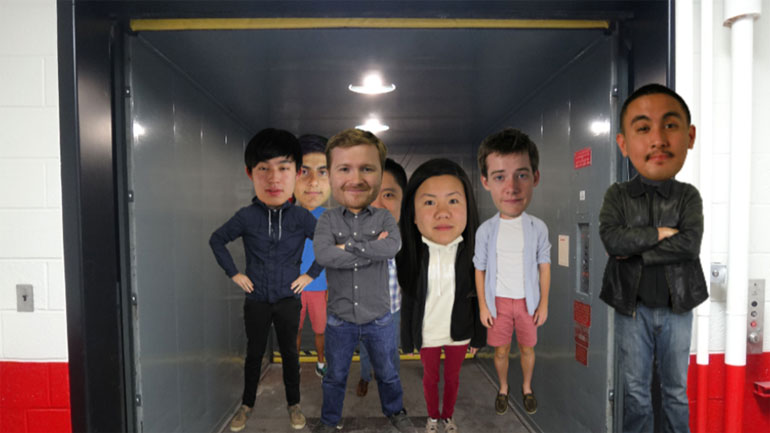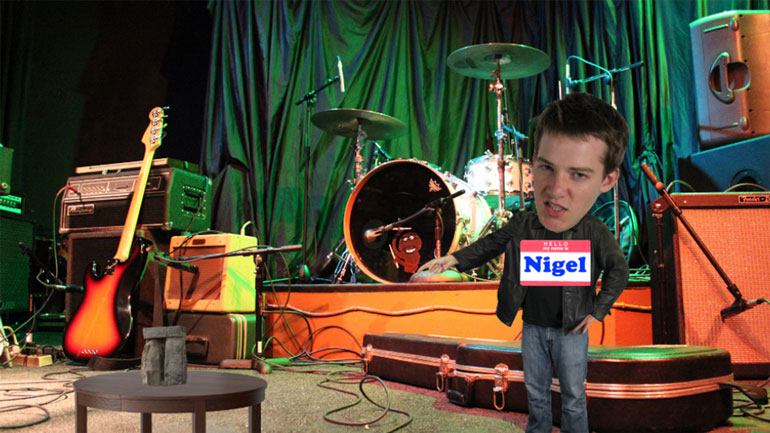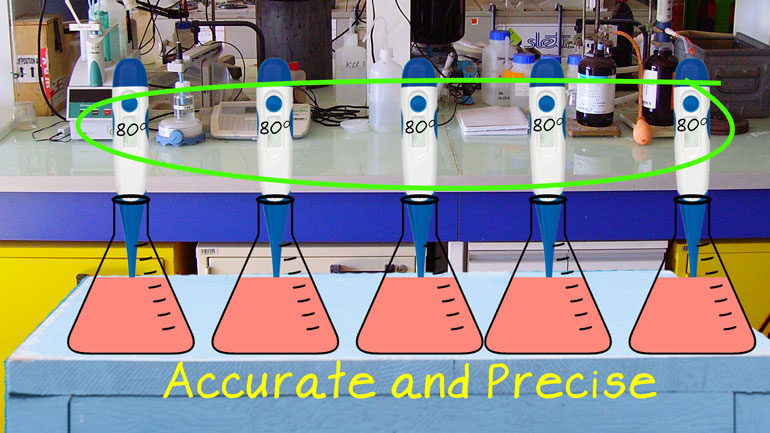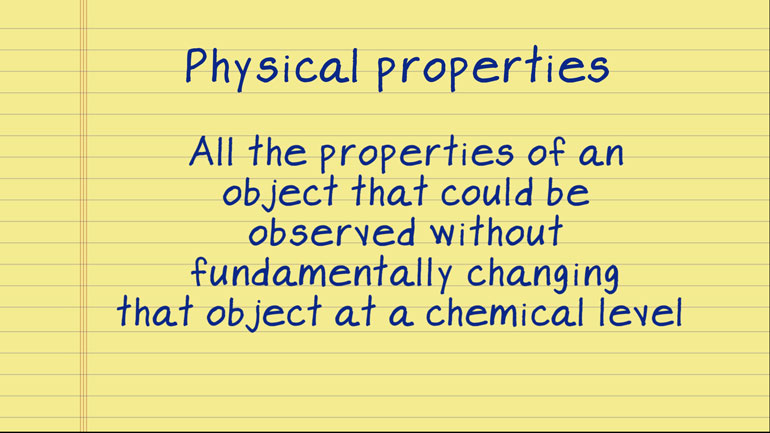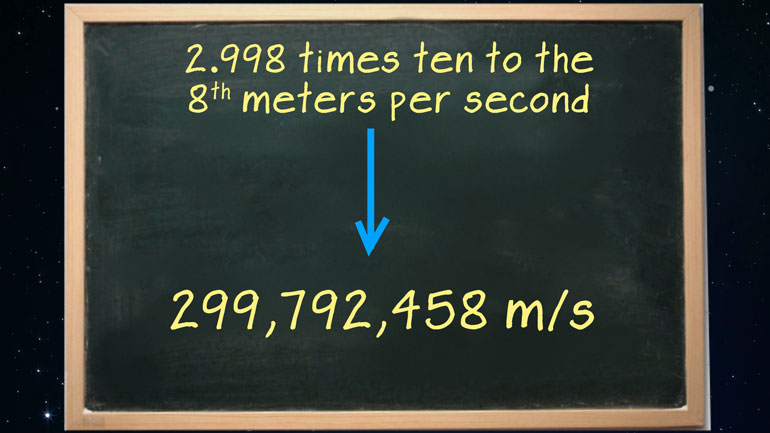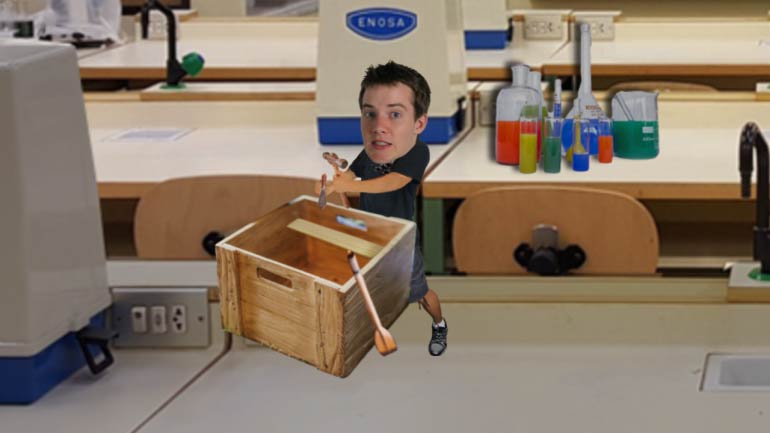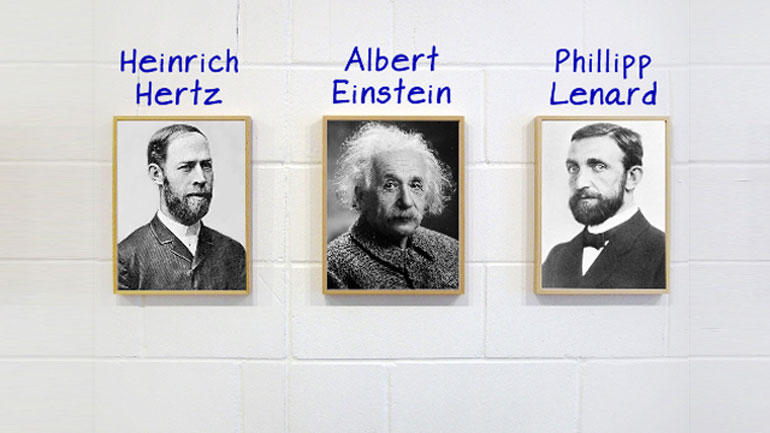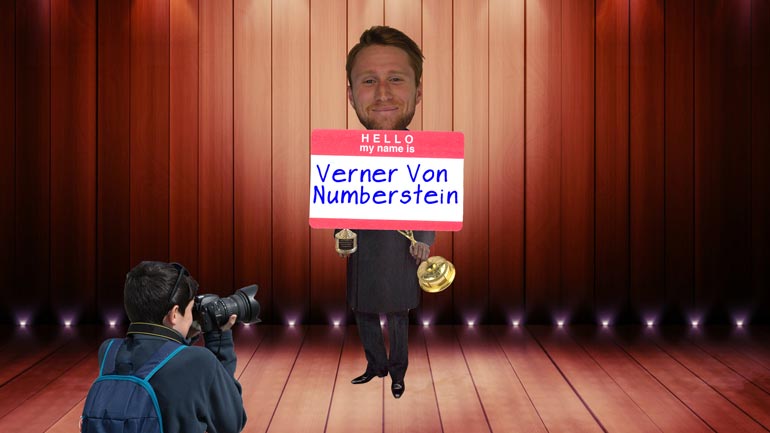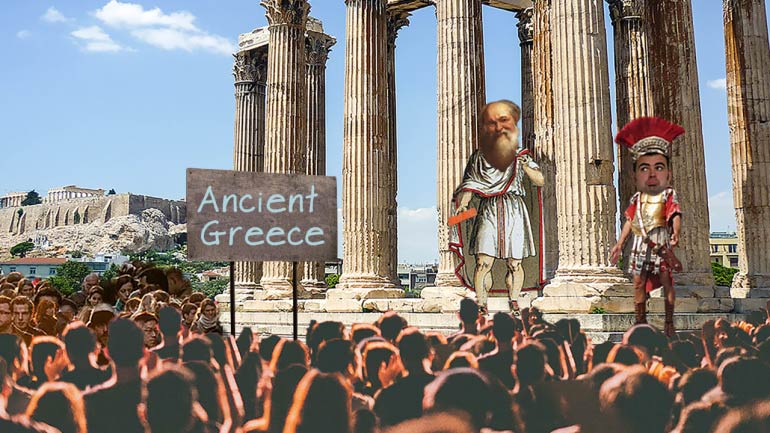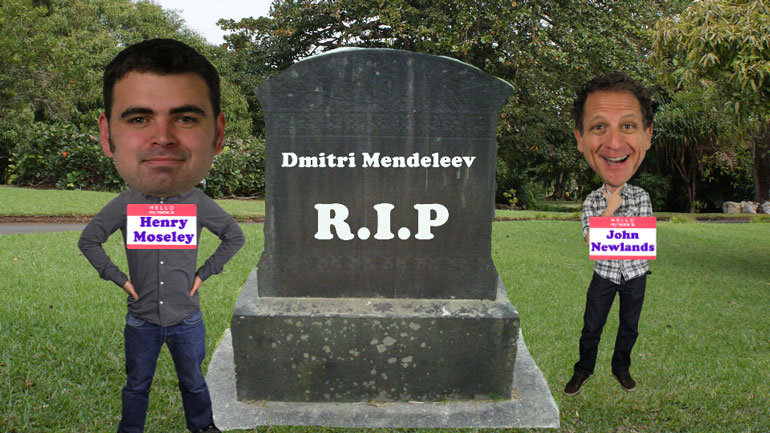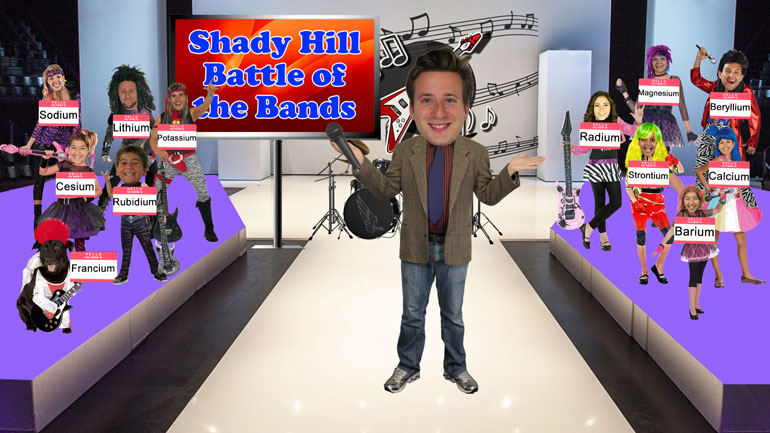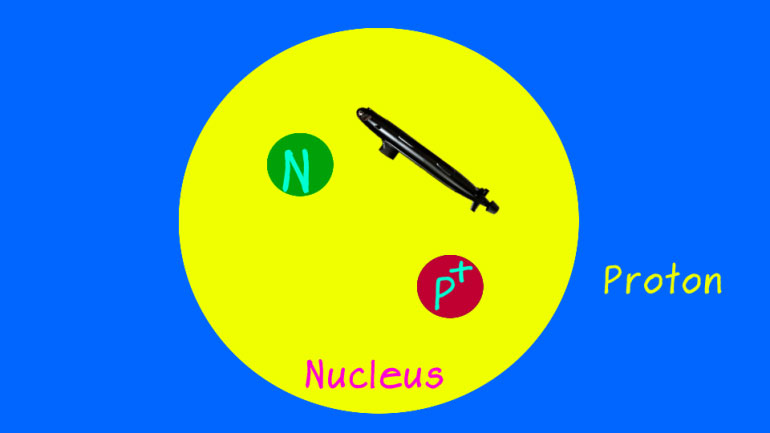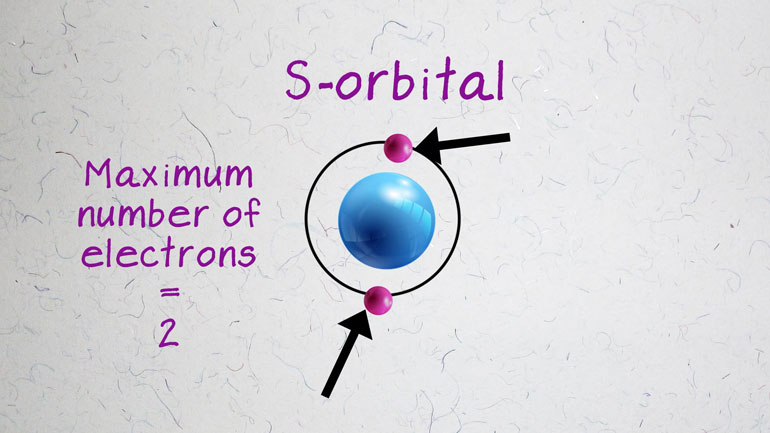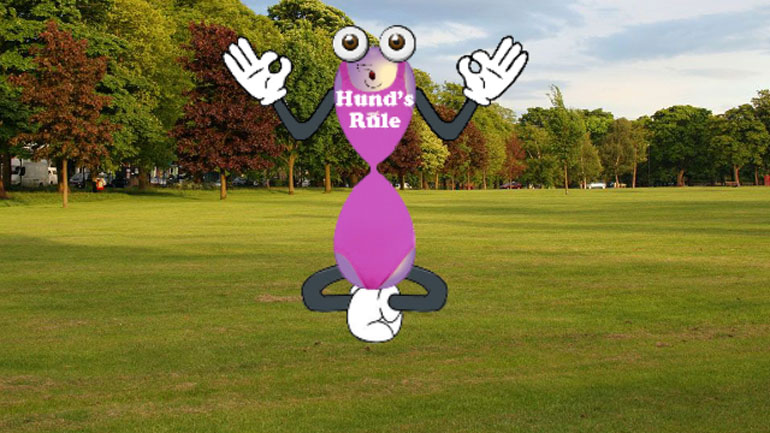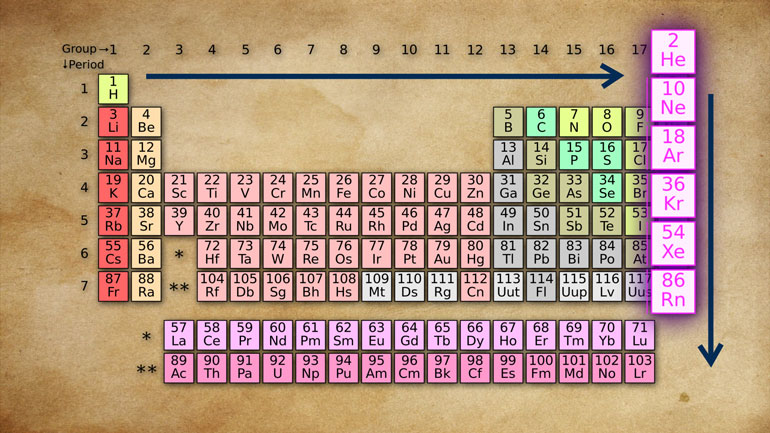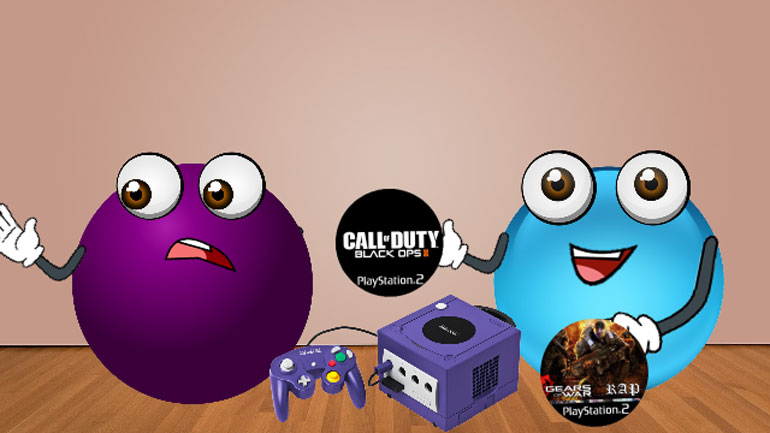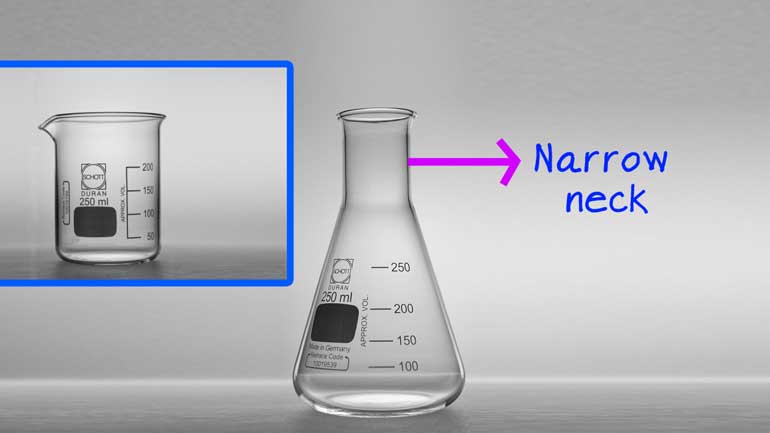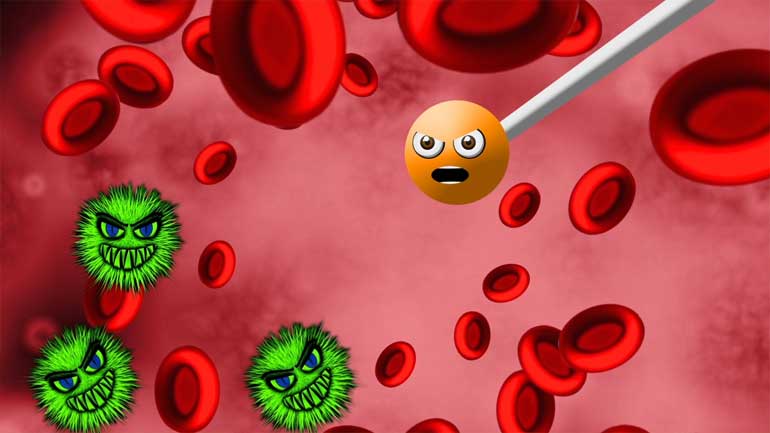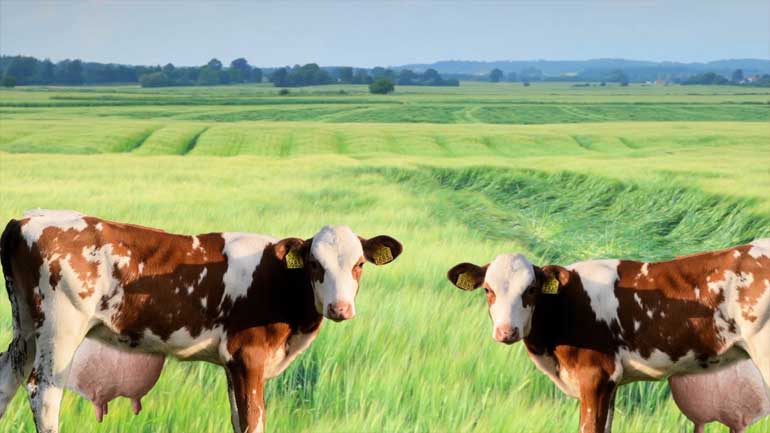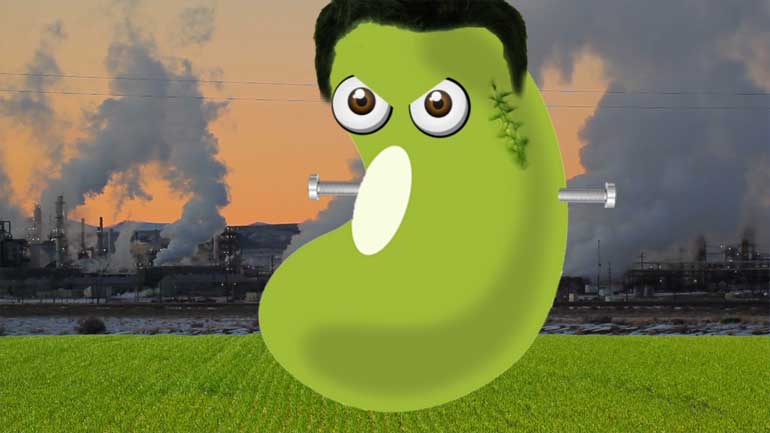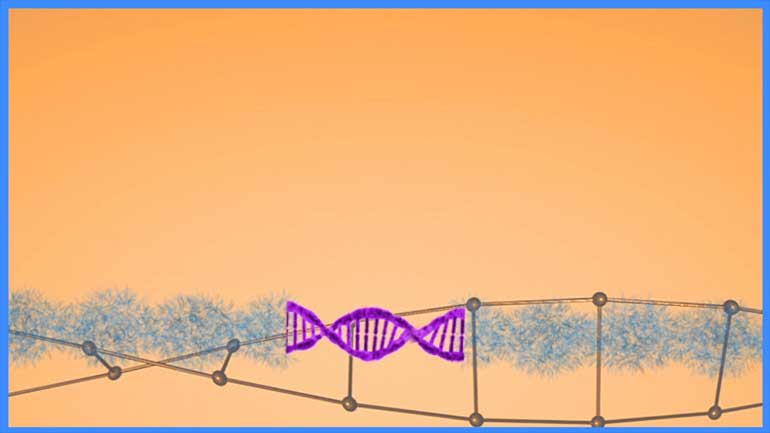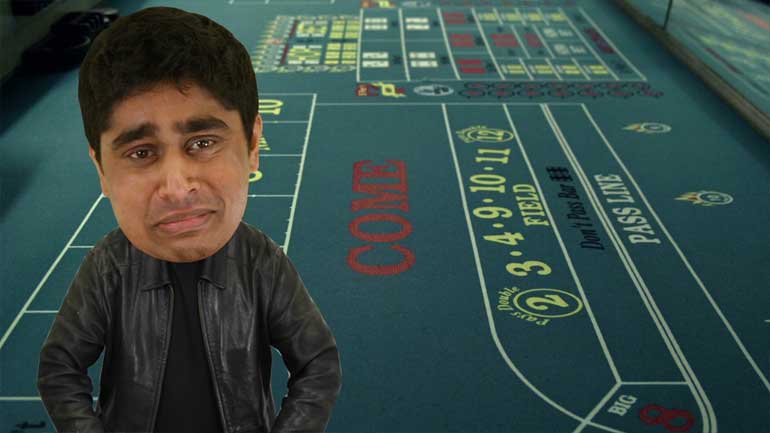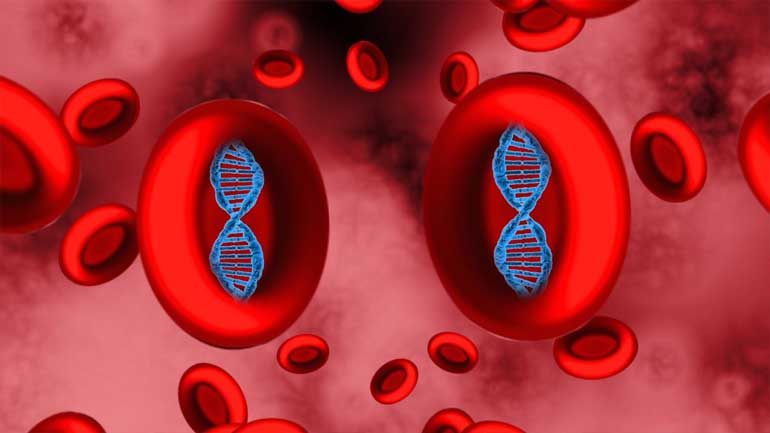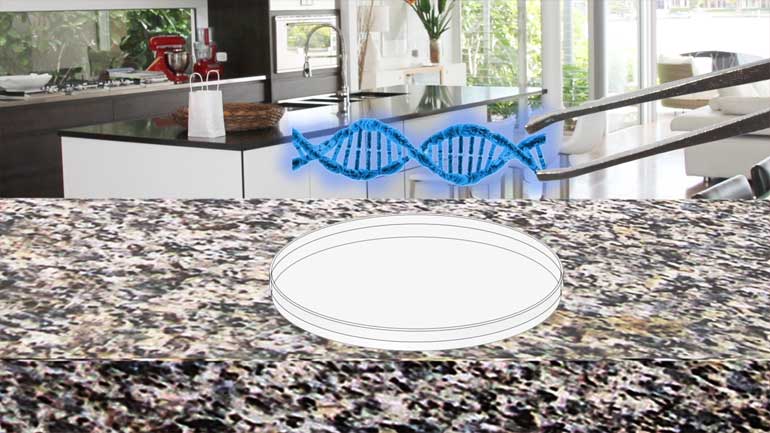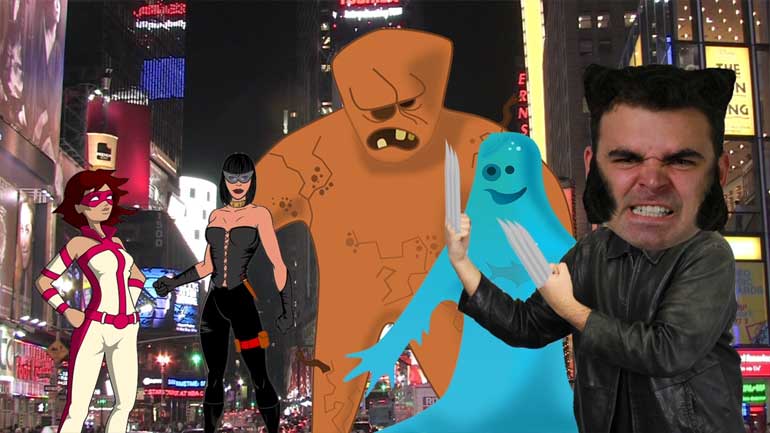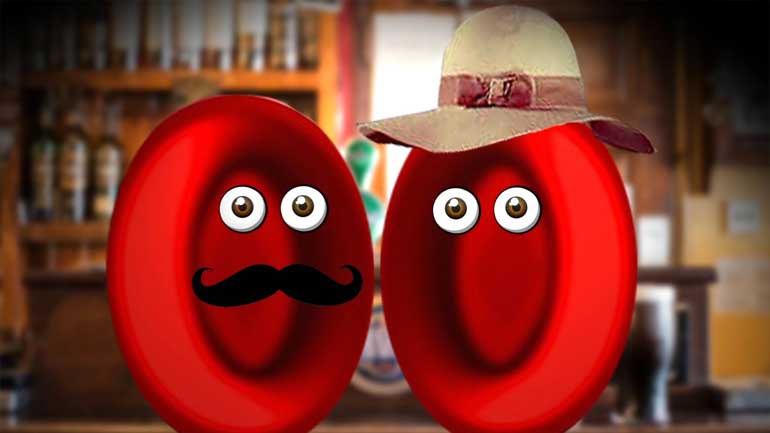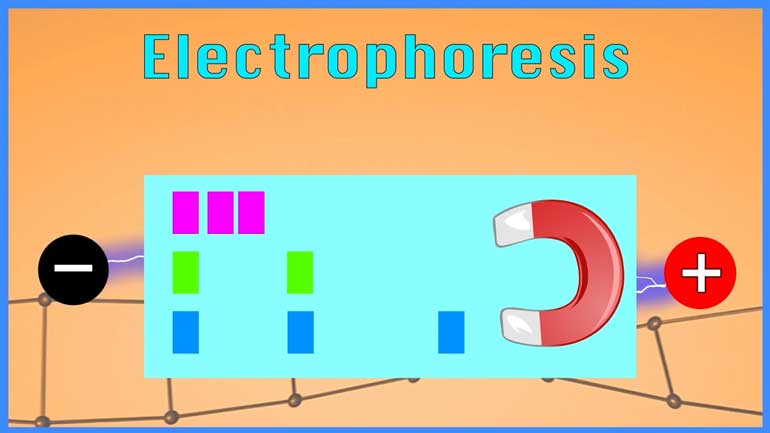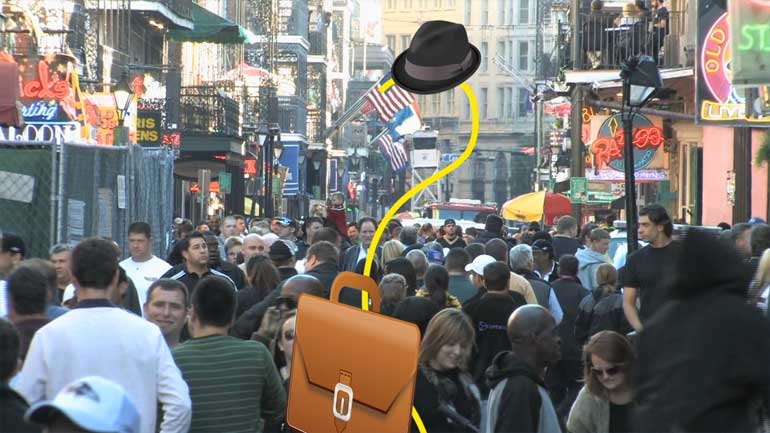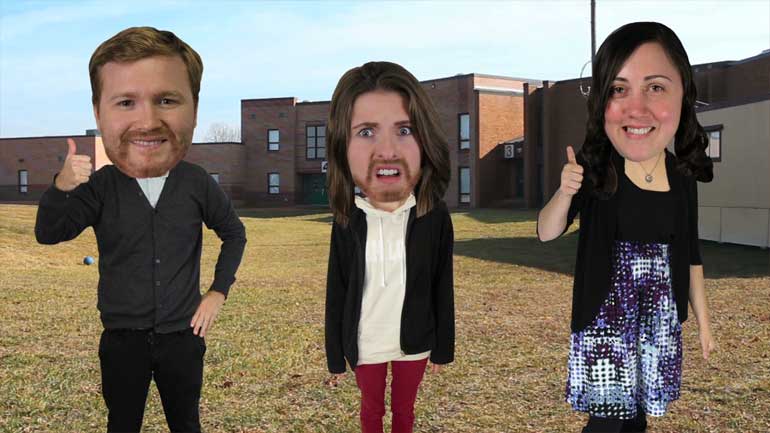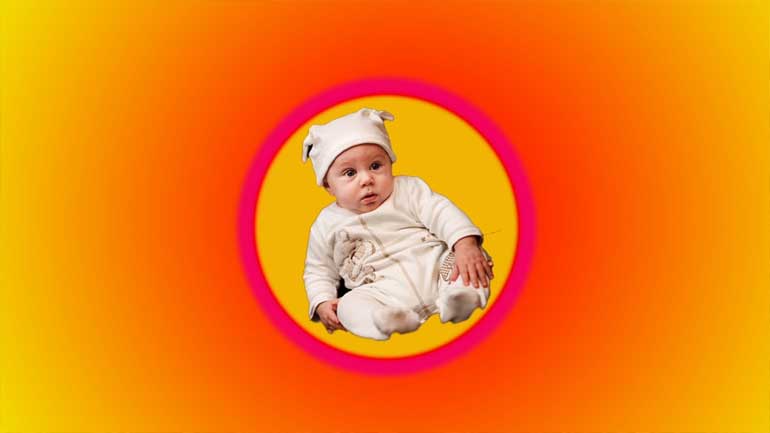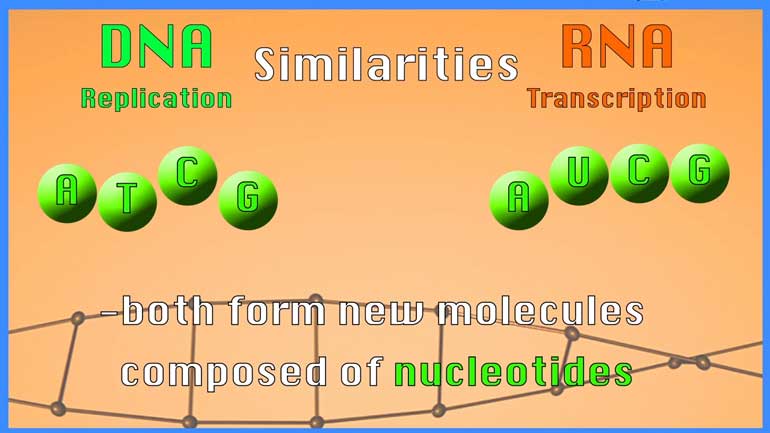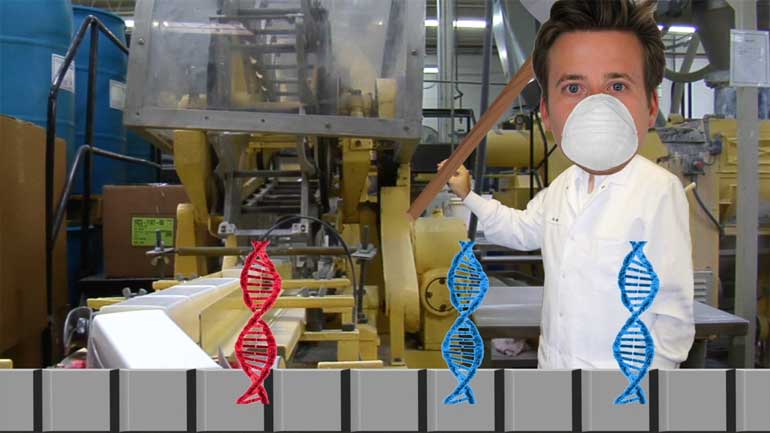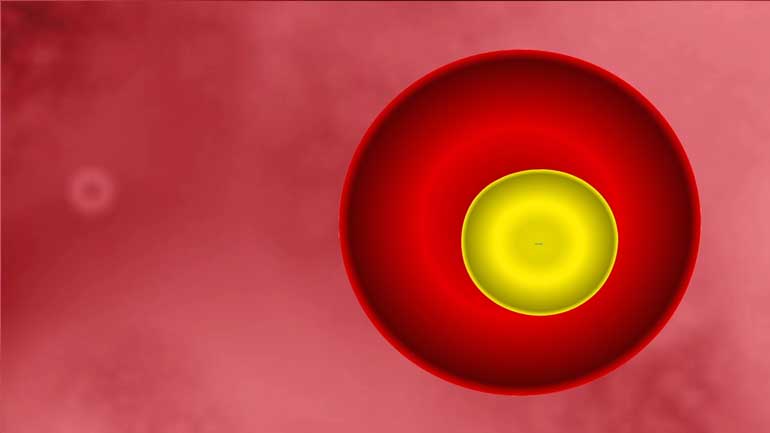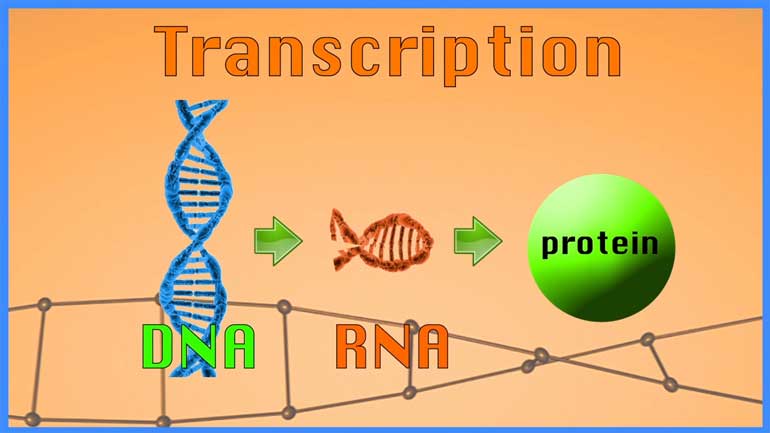ShmoopTube
Where Monty Python meets your 10th grade teacher.
Search Thousands of Shmoop Videos
Science Videos 686 videos
In this video, we dive beneath the sea to review the kinds of interesting animals that live in the deep blue.
Anything that has a cell (bacteria, listen up!) has phospholipids that keep the cell contained and give it form and shape. Phospholipids protect us...
Molecular Genetics: Cloning 244 Views
Share It!
Description:
In this video from our course on molecular genetics, learn all about cloning.
In this video from our course on molecular genetics, learn all about cloning.
Transcript
- 00:14
Okay, we're on...next lesson: DNA technology, with Dr. Ruth Tennen.
- 00:19
So Ruth, tell us, what does cloning mean when we're talking about genes?
- 00:24
Like, we hear about cloning all the time in the press, and there's like frogs and sheep and congressmen who've all been cloned.
- 00:30
How does cloning work?
- 00:33
Run us through what that means.
Full Transcript
- 00:36
So cloning in the context of DNA basically means isolating a piece of DNA or a gene...
- 00:41
...from an organism, and then putting it into another context, like into another piece of DNA or into another organism in many copies.
- 00:49
How do we isolate a gene?
- 00:53
That sounds very...technical.
- 00:57
Yeah, so the basics of doing that is like...let's say you've got your chromosome...
- 01:02
...and there's a gene that's somewhere on there...
- 01:04
There are special enzymes, called restriction enzymes, that can chop out the gene of interest.
- 01:09
And we can manipulate the restriction enzyme? We can actually inject that into a gene and ourselves pull out that code?
- 01:17
Yeah, basically you isolate the DNA from whatever source you want and then you just add the enzyme in a tube and it does its thing
- 01:24
Enzymes are derived from bacteria, so we didn't actually make them in most cases, but we figured out what they do.
- 01:30
So we've pulled out that isolated gene...and then...what do we do with it? What happens?
- 01:40
Usually, before you can do anything -- a gene by itself can't do much -- you usually have to put it into some sort of carrier or vector.
- 01:46
This is called a plasmid, which is basically a circular piece of DNA that you can put other DNA into.
- 01:51
So you can stick your gene of interest into this plasmid, and then you can do cool things with your plasmid like...
- 01:55
...put it into bacteria or put it into other cells, and kind of study the function of your gene.
Related Videos
In this video, we dive beneath the sea to review the kinds of interesting animals that live in the deep blue.
Anything that has a cell (bacteria, listen up!) has phospholipids that keep the cell contained and give it form and shape. Phospholipids protect us...
GMOs. Now that’s a scary word. Or is it? Guess it’s time to ask ourselves: WWMST? ...For those of us who don’t constantly ask ourselves “wh...
